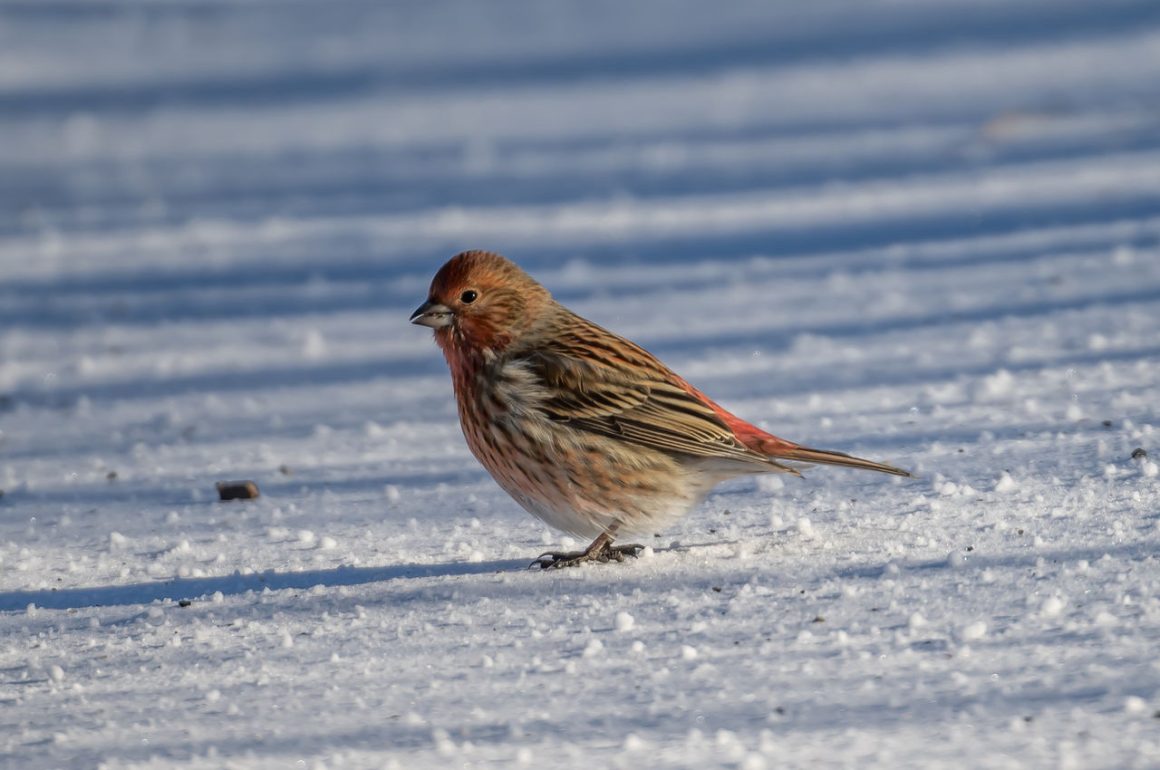
Anyone voluntarily traveling to the northern parts of Inner Mongolia in winter is either mentally unstable or a birder, though the lines between these two groups may not always be as clear as people think. But here I was landing in Hailar in mid-December for a bit more of a week of owling and looking for some other birds, using the 8 hours of daylight available at this time of the year. In summer, the days are much longer but apparently shared with large numbers of mosquitos.

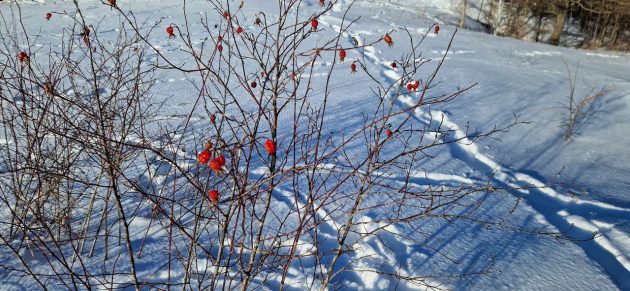
If you think that Inner Mongolia is too cold at this time of the year, you are right – it goes to minus 30 degrees Celsius at night and only reaches about minus 15 degrees during daytime. However, if you think that Inner Mongolia is too hot during this time of the year, you are also right – I experienced some of the warmest hotel rooms ever, up to 28 degrees Celsius. I guess this is similar to over-airconditioned rooms in the tropics – a symbolic “yes we can” demonstration of wealth and status.


As you can imagine, the cold means relatively few birds and bird species (they are typically not allowed to winter in overheated hotel rooms). While Pete Dunne would probably call these remaining species courageous, I am thinking more along the lines of “stupid” (the same term I would use for bungee jumpers), but of course, these were exactly the birds I came for.


These birds mostly were owls, and I saw the four species that were my main targets, as well as some targeted passerines. However, being of a frugal mindset, these highlights are featured in separate posts – this one here is for the other species. Mostly passerines, but also a few others, so let’s start with those.

A pair of Mallards occupied the approximately 20 square meters of the river running through Hailar which was not frozen. Seemed a bit precarious to me, watching them from the frozen river. A passer-by who got very close to them on the riverbank walkway tried to throw a snowball at the male Mallard. So I yelled at him in bad Chinese.
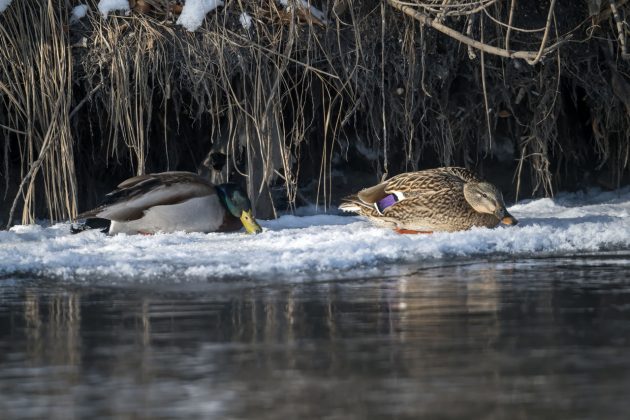
Two Eurasian Collared Doves had stationed themselves at a farm. Somewhat similar to Eurasian Tree Sparrows, this species is more likely to be found near human-made areas – isolated buildings, water sources, large cultivated areas – than in natural habitat (source).
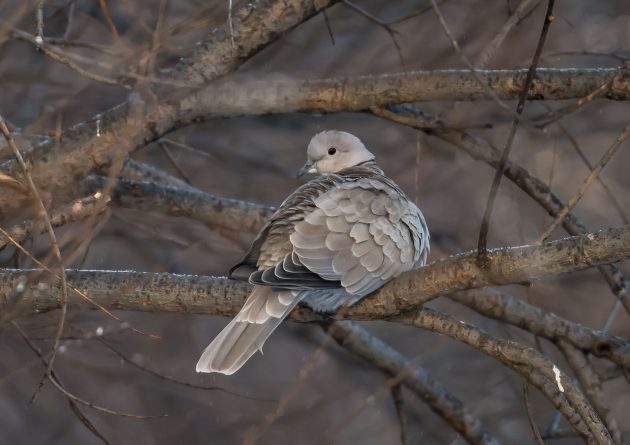
While it is an invasive species (source), India and China are part of its historical distribution.
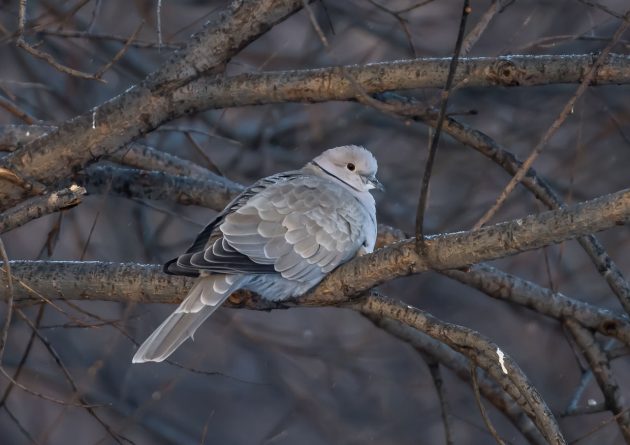
After getting a pretty bad photo of a Hazel Grouse during my first winter visit to Inner Mongolia in 2015, I got a marginally better – though still far from perfect – one this time.
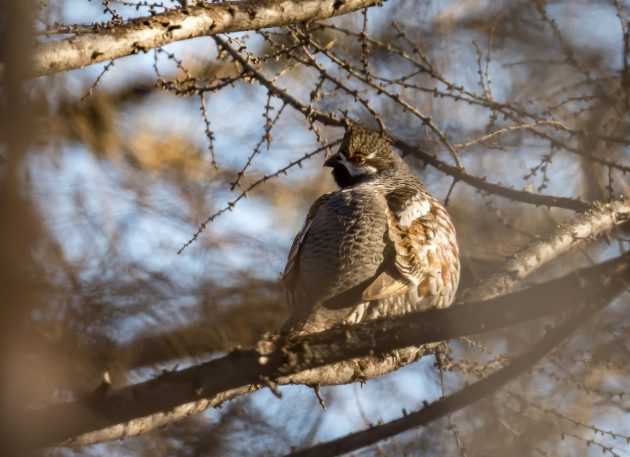
A Chinese birder friend of mine stated that when he mentioned the Hazel Grouse to locals in Inner Mongolia, they remarked on its good taste. No wonder the species is shy. And similar to inhabitants of places such as Mallorca or Barcelona, Hazel Grouse are not fond of tourists. A study found that sites occupied by the species were mostly located farther from hiking trails and in places with low tourist numbers.
The authors of a paper on the nestling diet and success of Lesser Spotted Woodpeckers could not resist a rather bad pun, stating “The early bird gets the caterpillar” in the title of the paper.
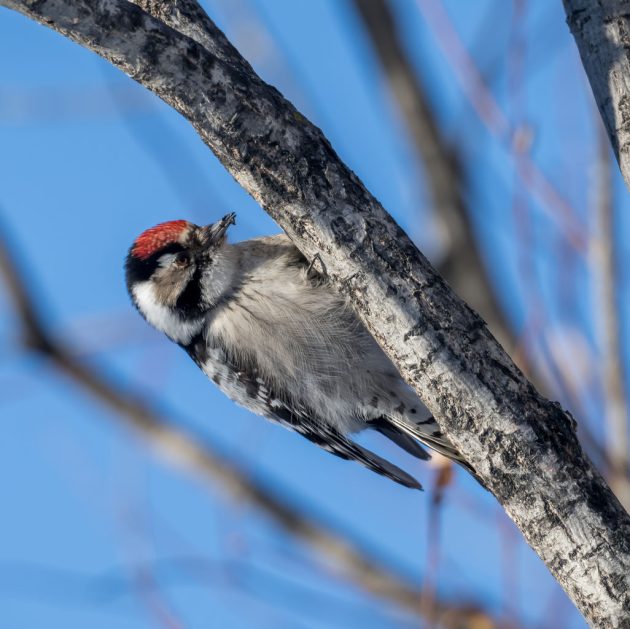
Apparently, pairs breeding early get to feed their nestlings more caterpillars rather than wood-dwelling larvae as caterpillar populations reach their peak earlier in the season. And as caterpillars make better chick food than the larvae, the nestling success of the early breeders is higher.
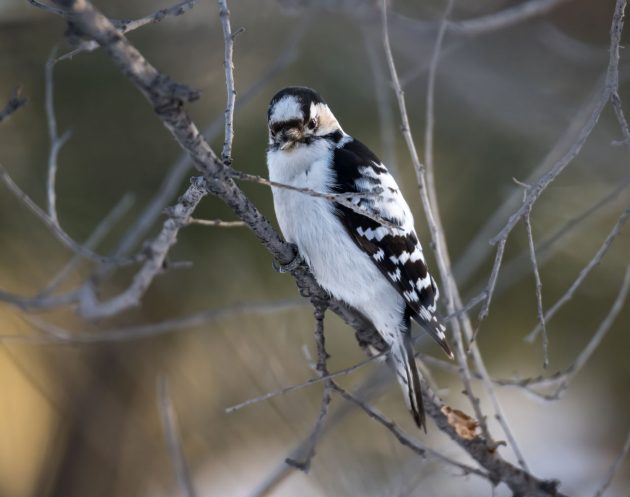
It is a small bird roughly the size of a sparrow – a Swiss site calls it “the dwarf among the European woodpeckers” (which coming from a smallish country like Switzerland may well be a compliment).
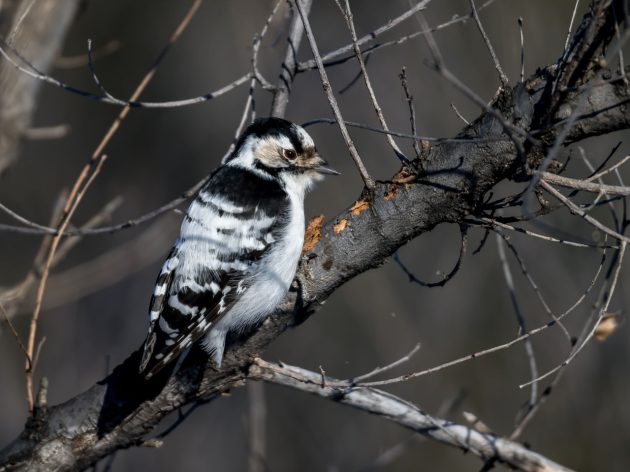
The species takes the moral high ground, at least by human standards – in one study, the divorce rate among pairs was 3.4%, and in monogamous pairs, the male provided more parental care than the female. Sounds like the kind of woke bird some people will happily detest.
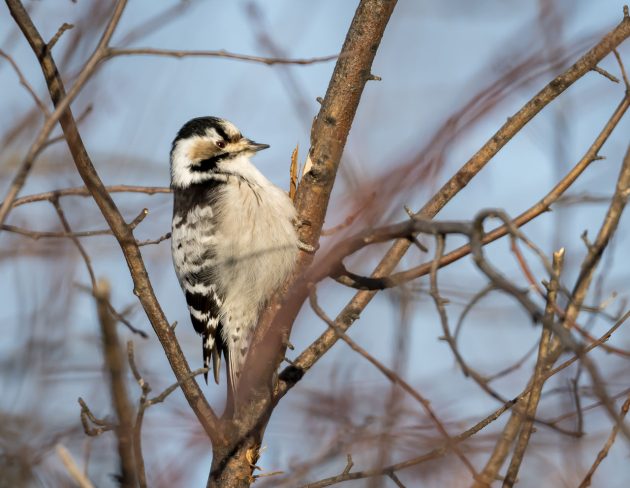
Ironically, most research papers on the Lesser Spotted Woodpecker seem to cover UK birds, where the species is rare and declining while in the late 1890s, the Lesser Spotted Woodpecker was still the commoner species (source).
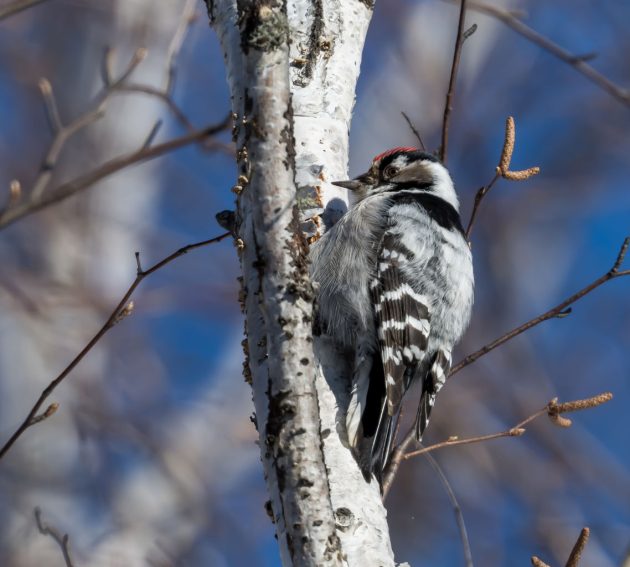
However, in Inner Mongolia, at least my impression was that it is reasonably common.
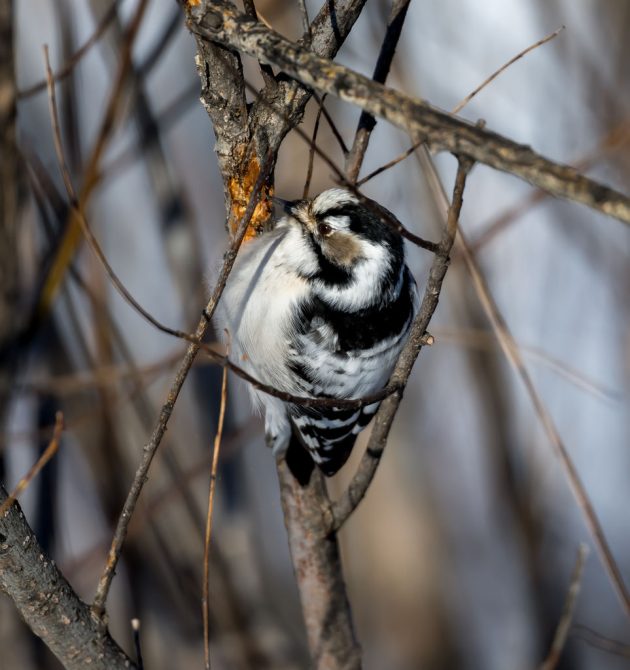
In contrast to the Lesser, the Great Spotted Woodpecker is thriving in the UK (source).
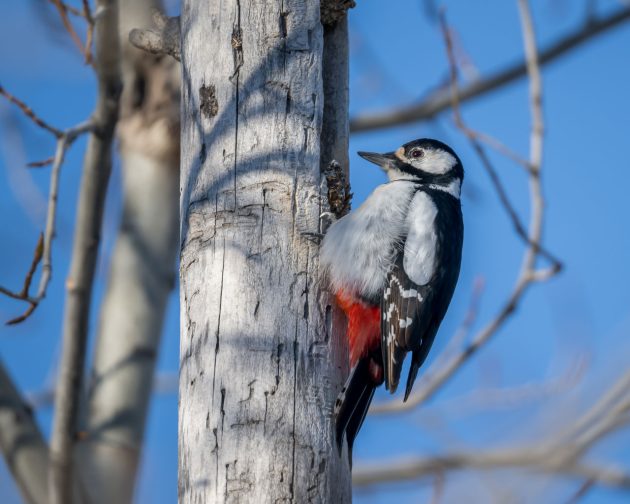
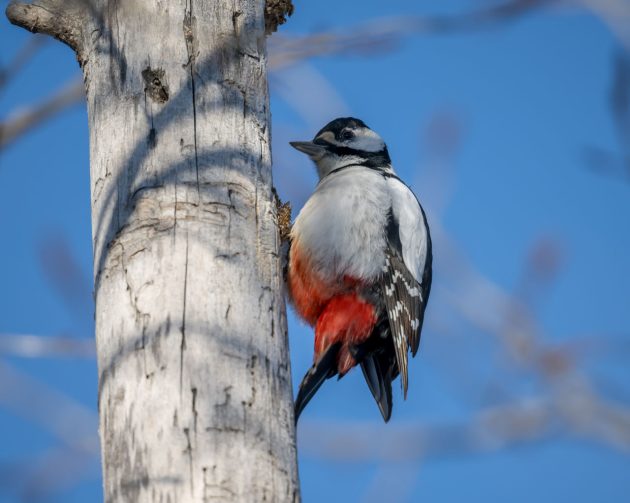
I would not have needed to travel to Inner Mongolia to see a Great Spotted Woodpecker – it is common in Germany, and I have indeed seen it in my parents’ garden. It also is the villain in a blog post by a fellow writer.
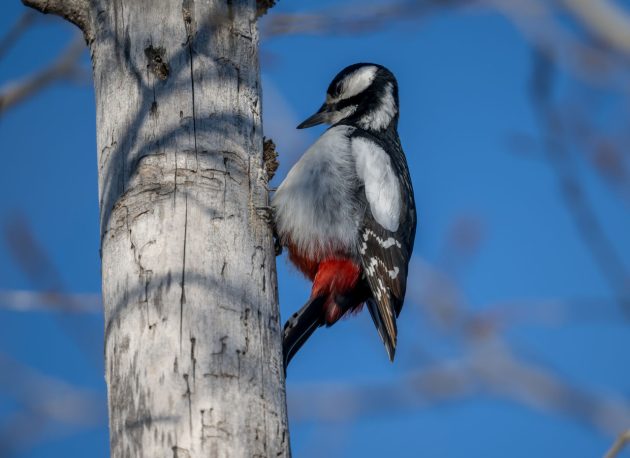
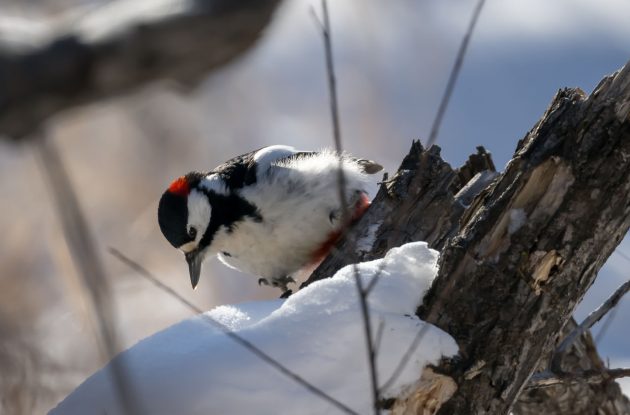
Among the passerines, some were very familiar to me as they are also present in Shanghai in winter (presumably the less courageous/more clever individuals). These included Azure-winged Magpie …
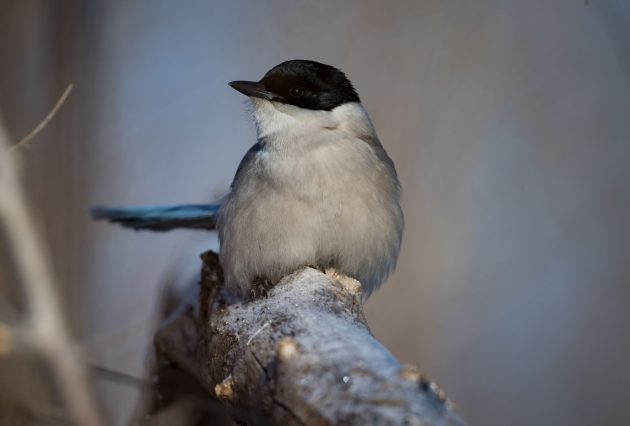
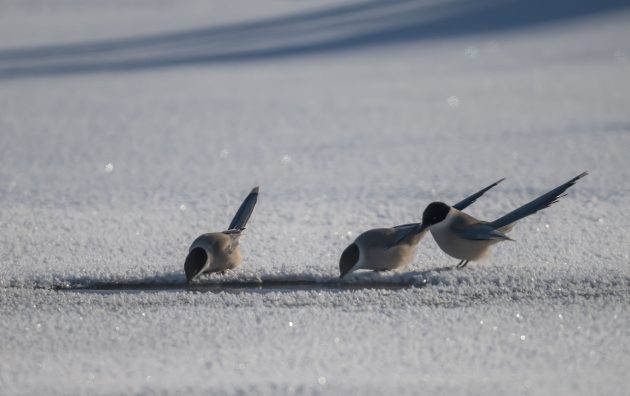
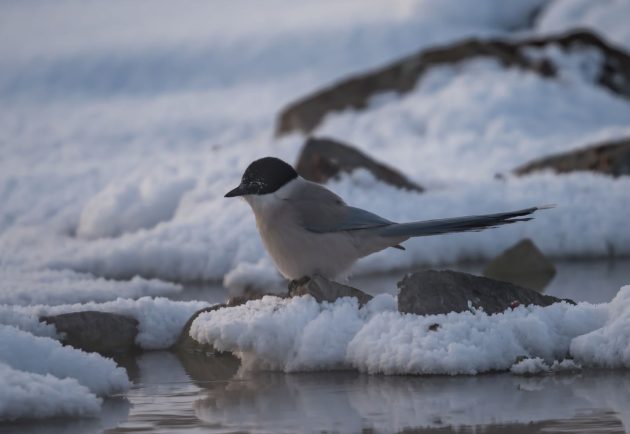
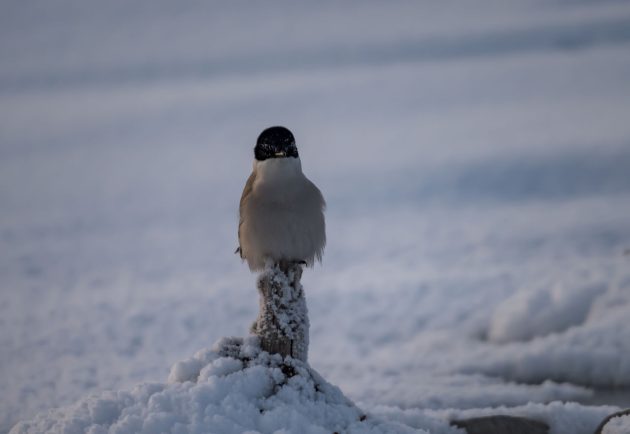
… Great Tit (sounds even better in the plural) …
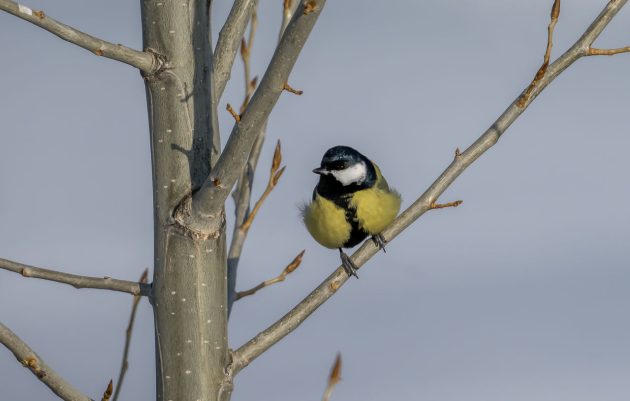
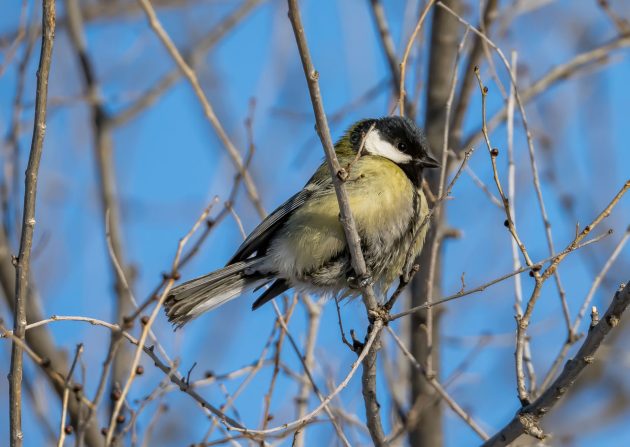
… and of course Eurasian Tree Sparrow.
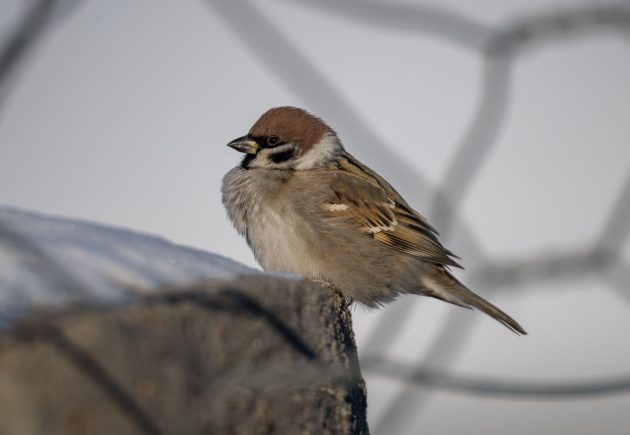
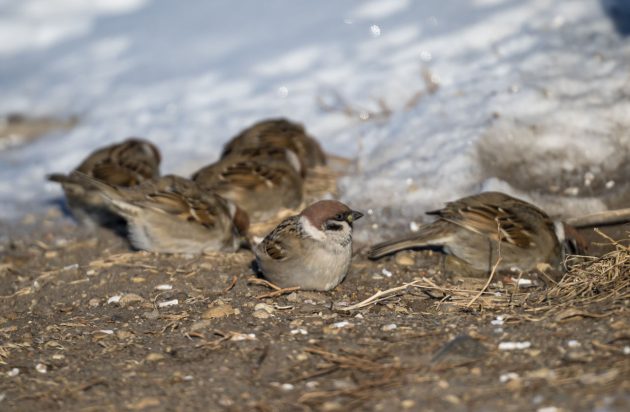
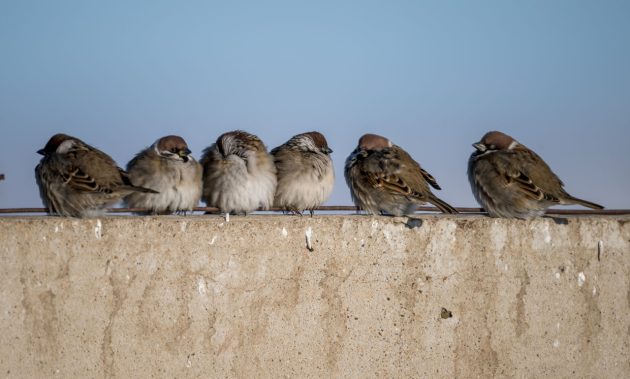
These parts of Inner Mongolia are not densely populated and thus presumably not very polluted – good news for these sparrows, as research comparing the health of the species in severely polluted and less polluted Chinese cities found a weaker immune system in the “polluted” bird.
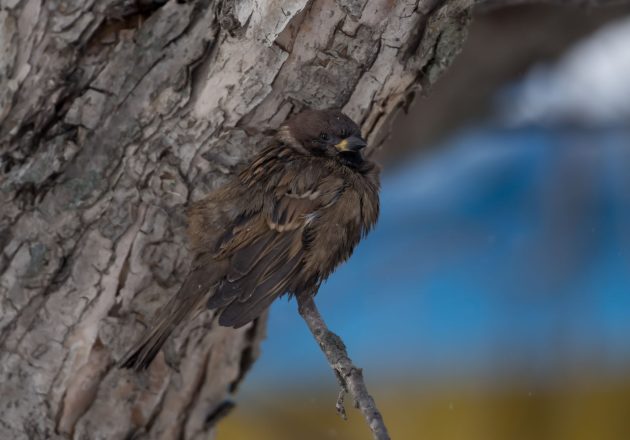
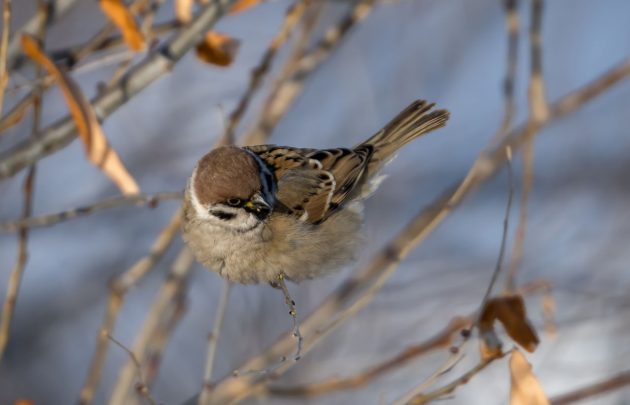
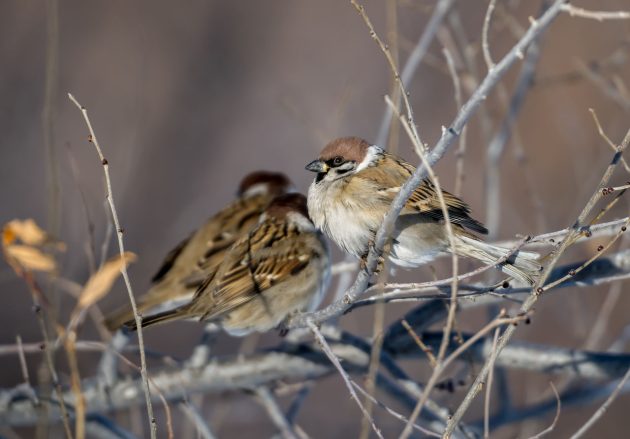
Some other species are a lot harder to find in Shanghai than in Inner Mongolia, though not impossibly so:
Hawfinch …
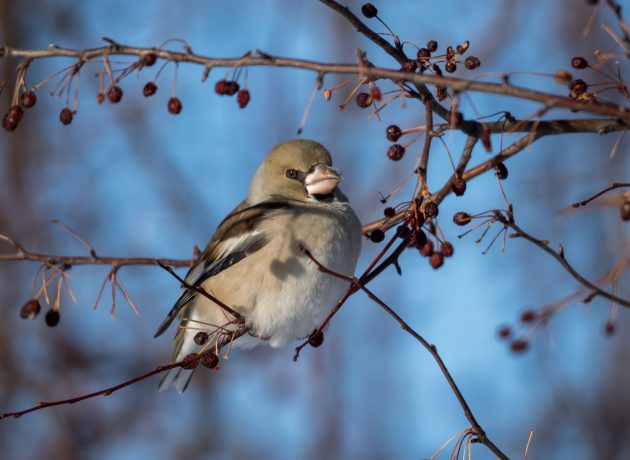
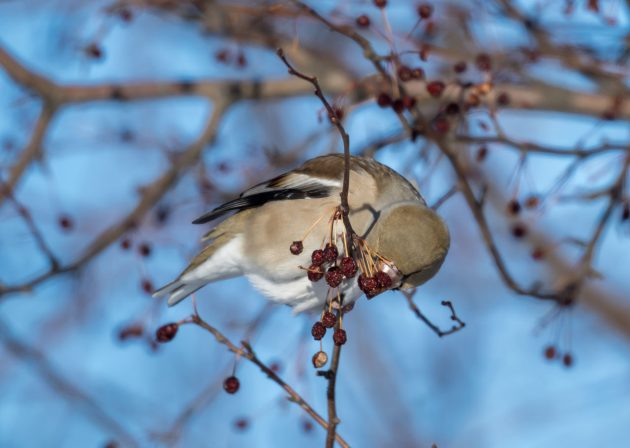
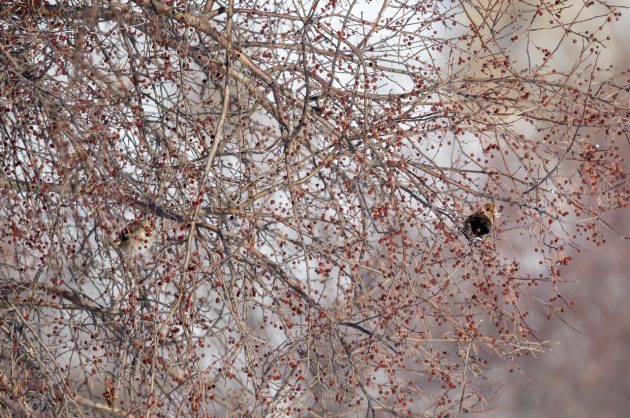
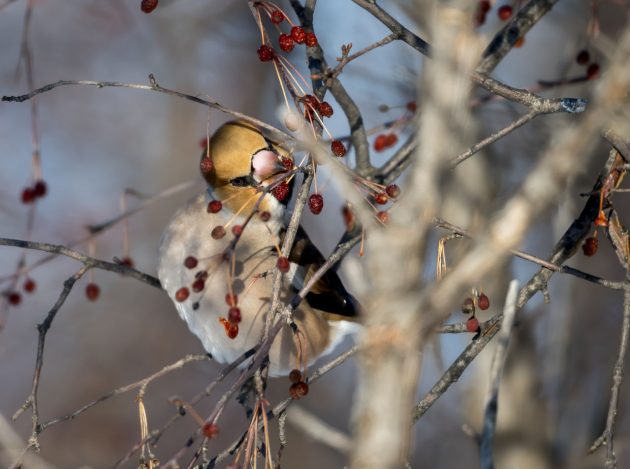
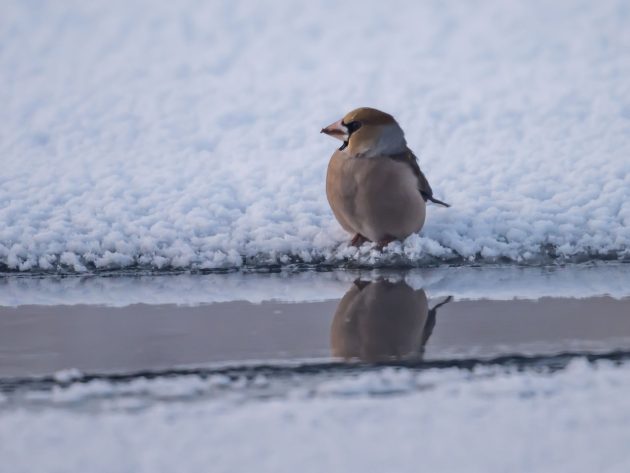
… Bohemian Waxwing …
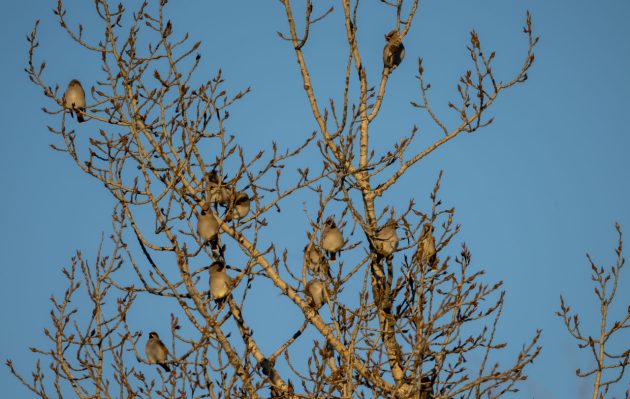
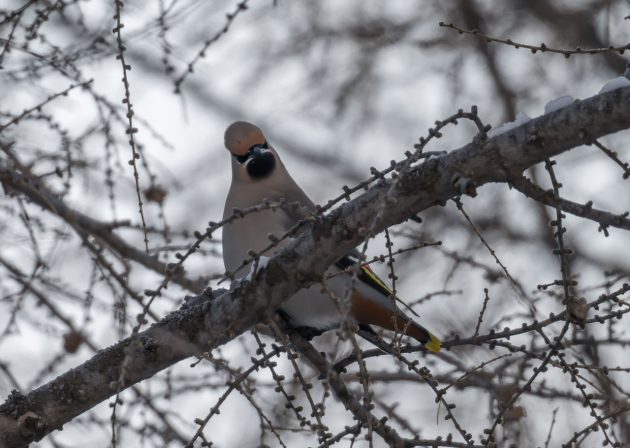
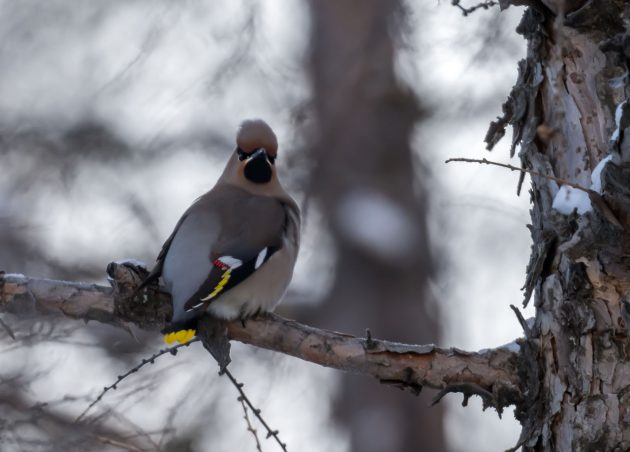
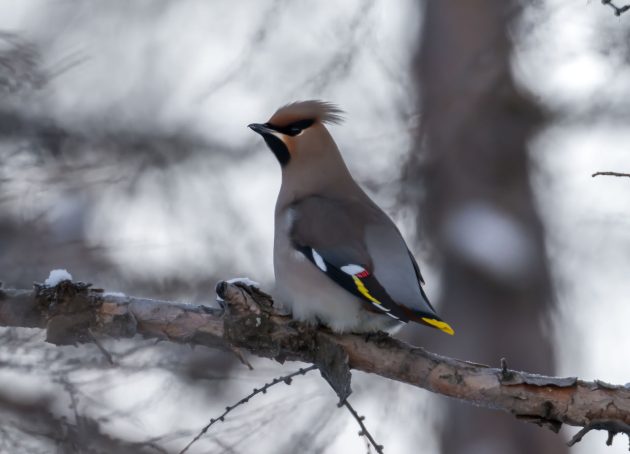
… Red-throated Thrush …
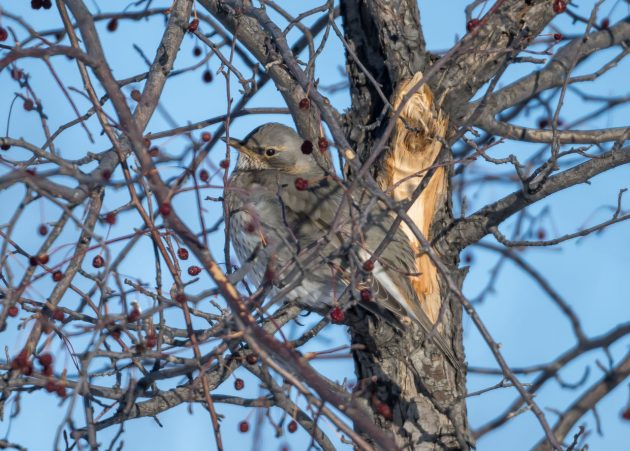
… and Large-billed Crow, shown here as extras in an episode of Game of Thrones (the nightwatch).
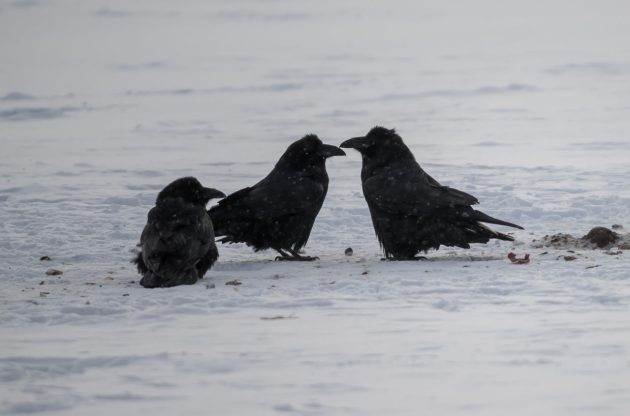
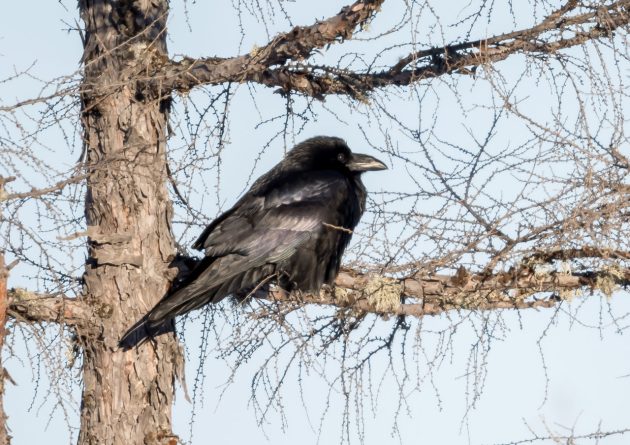
The Asian Rosy Finch tackles a rather difficult fashion question – how to combine the colors brown and pink without looking like some Sixties fashion victim.
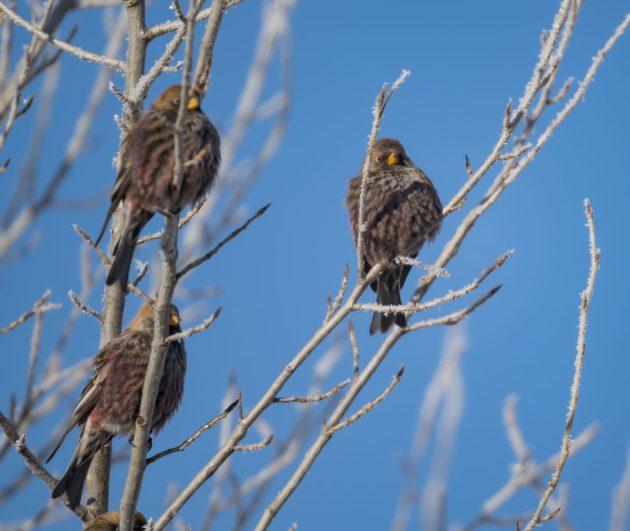
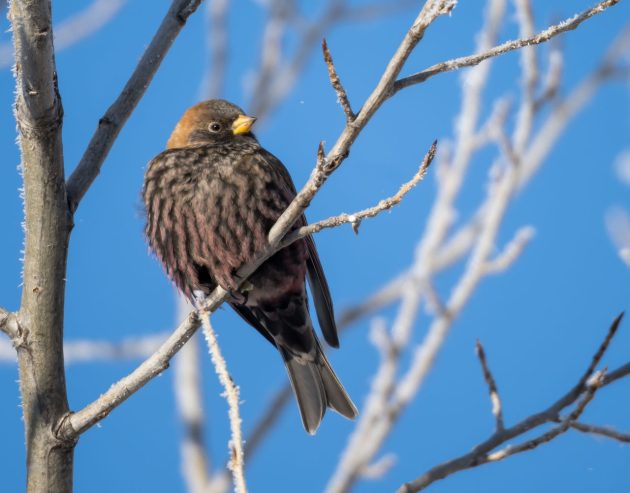
I am not sure the bird succeeds. The female mostly avoids the issue by skipping the pink altogether.
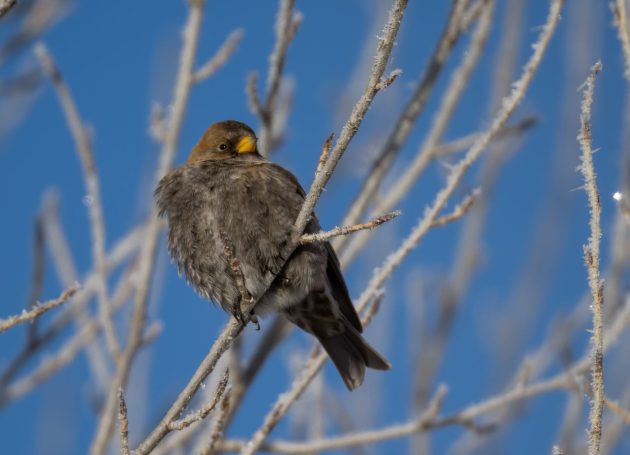
The subspecies here is most likely Leucosticte arctoa brunneonucha, which indicates that this bird is white-speckled, northern, and has a brown nape. No information on the bill size in the name whatsoever.
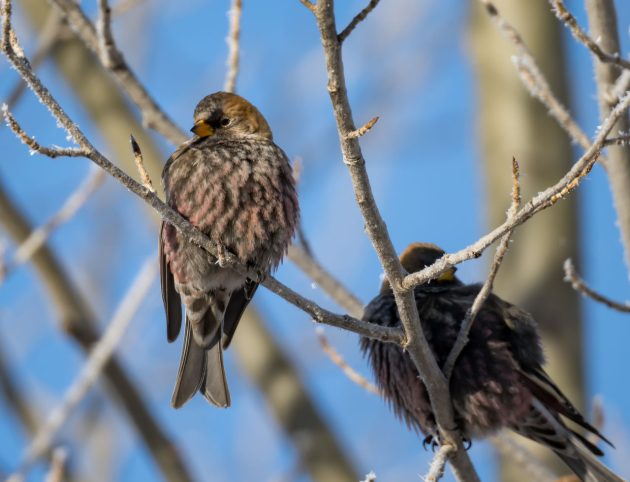
Given the time of the year of my trip, the male Eurasian Bullfinches looked like decorations on Christmas trees.
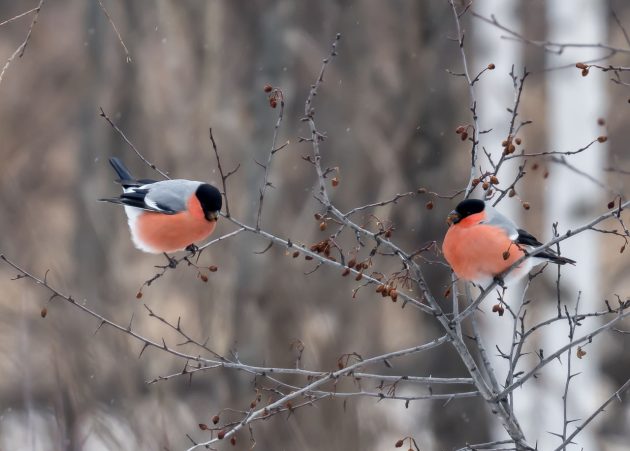
It has two German names, both not really positive. “Gimpel” is a name that is also a symbol of stupidity while “Dompfaff” combines a word for a cathedral (“Dom”) with a derogatory term for a priest (“Pfaffe”). Presumably, the color of the male bird and its round shape reminded people of overweight priests in their red dresses. The English name Bullfinch of course also highlights the compact shape of the bird.
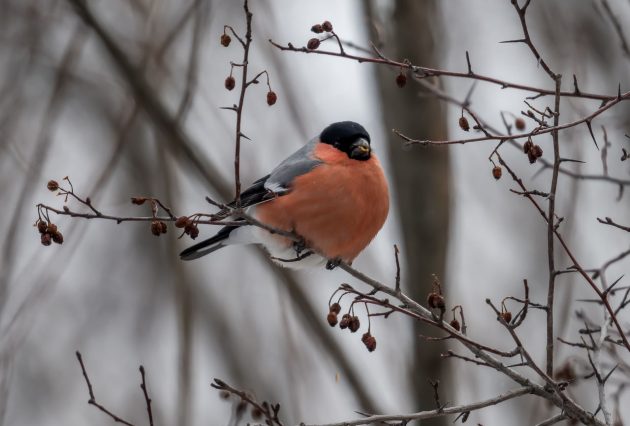
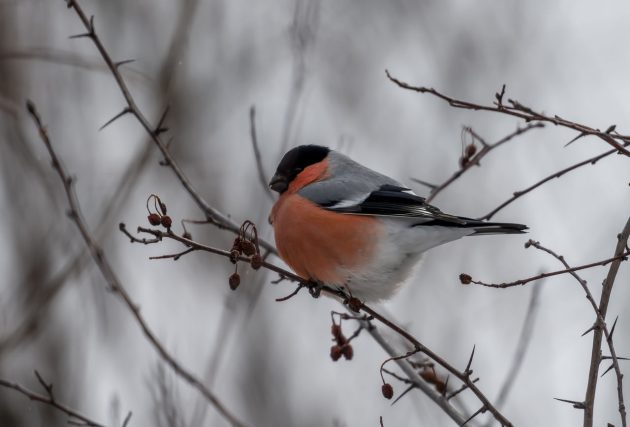
Humans being humans, they have also made the Eurasian Bullfinch a symbol for many things, including harmony in marriage, fidelity, loyalty, and longevity, depending on the country you see the bird (source). In Albania, seeing a male Eurasian Bullfinch apparently indicates that you are about to max out your credit card, though I may have just made this bit of information up.
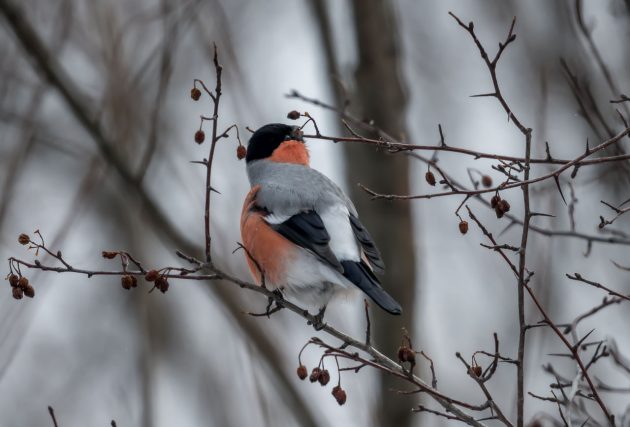

Eurasian Jays seem to be quite common in Inner Mongolia, sometimes feeding directly on the icy roads – unfortunately, that does not mean it is particularly easy to get a good photo of them.
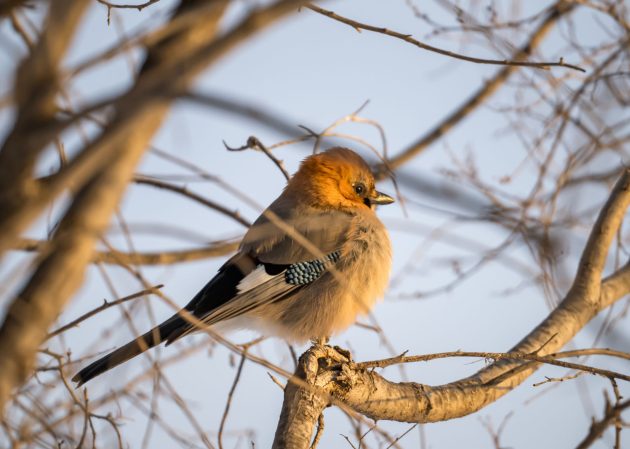
Willow Tits are easier, at least if you can locate a place where somebody feeds them sunflower seeds. The photos shown here were taken at a railroad crossing somewhere in a forest quite far from the nearest village – but still manned by a human tasked with closing the road whenever a train approached. I guess feeding the tits at least gave him some company – he must have been bored to death with this job.
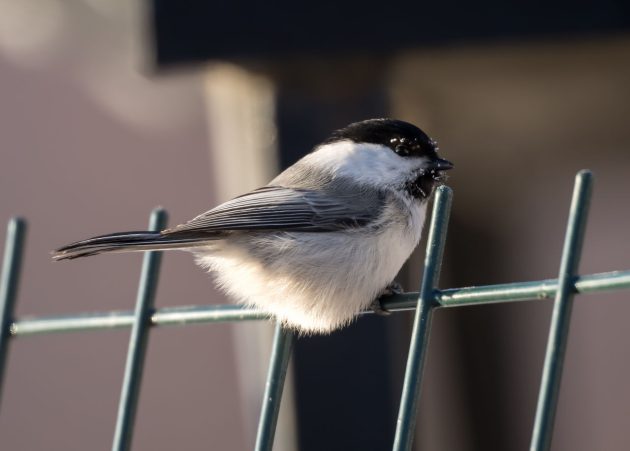
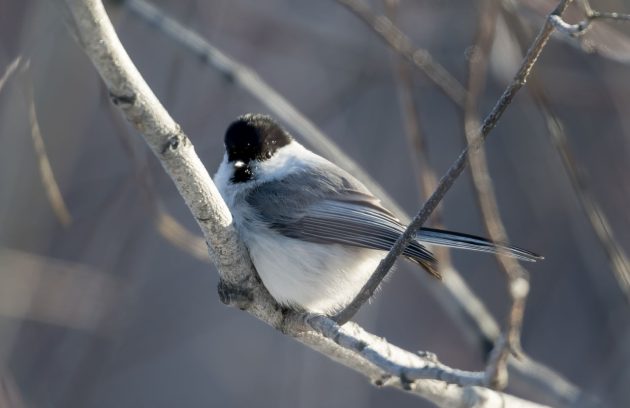
And feel free to post a comment in case these are not Willow Tits but Marsh Tits – I am afraid I am not able to tell the difference.
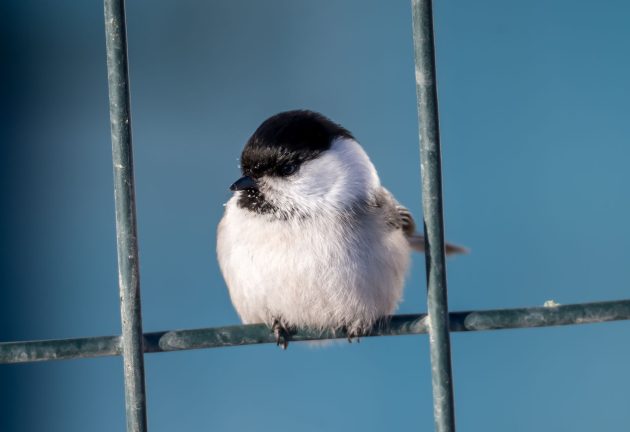
Given that the locals usually asked me whether I was Russian (rather than German), it would probably have been fairly safe to make one of my usual Willow Tit Hitler jokes – but I refrained nevertheless.
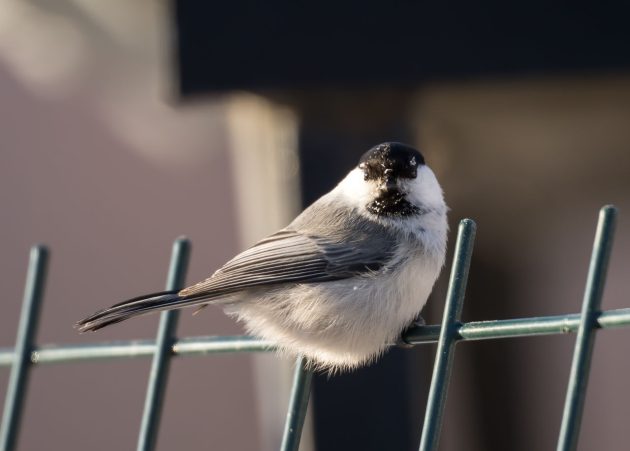
The feeding station was also used by one or two Eurasian Nuthatches – like the tits, apparently common birds in this part of Inner Mongolia.
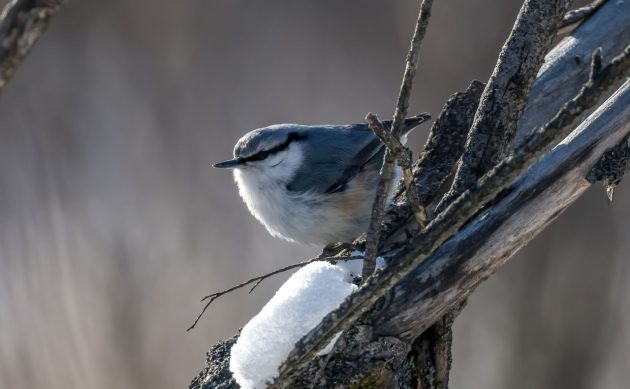
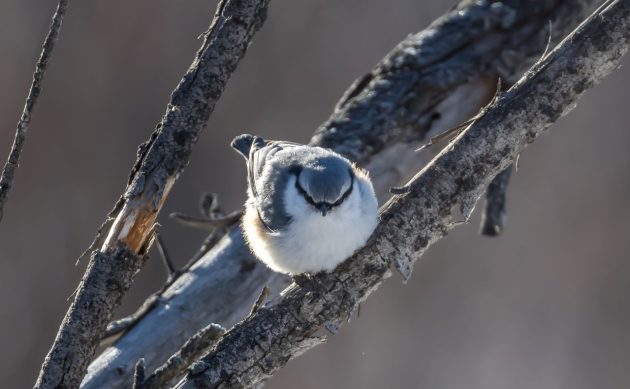
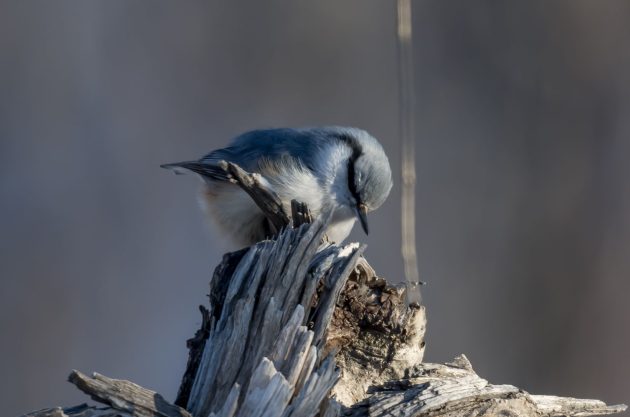
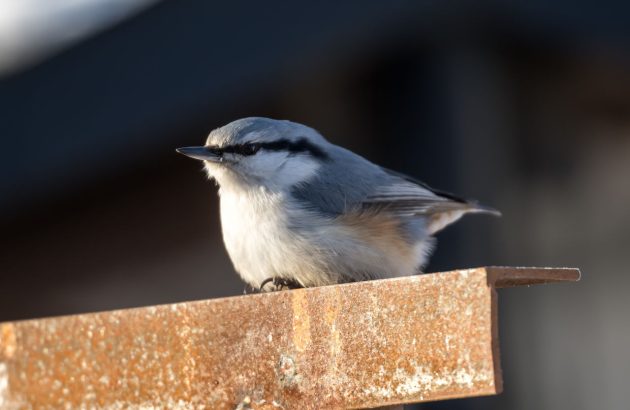
eBird makes the Pallas’s Rosefinch sound a bit like an elderly woman running a butcher shop: “Robust, stout-billed finch”.
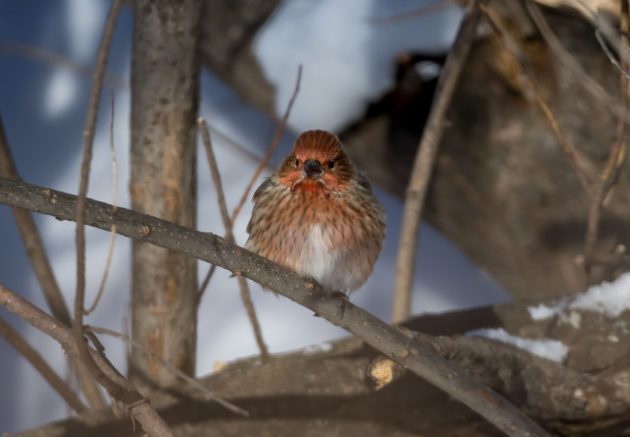
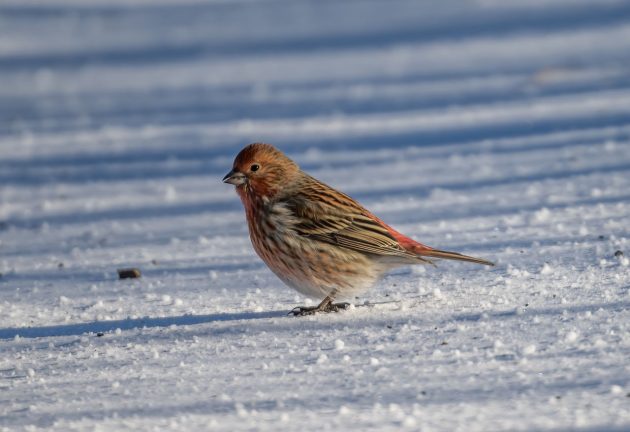
In the areas I visited, it seems to co-exist with the Siberian Long-tailed Rosefinch. But no worries – eBird has the helpful statement “One of the only rosefinches in its range for the most part” (?).
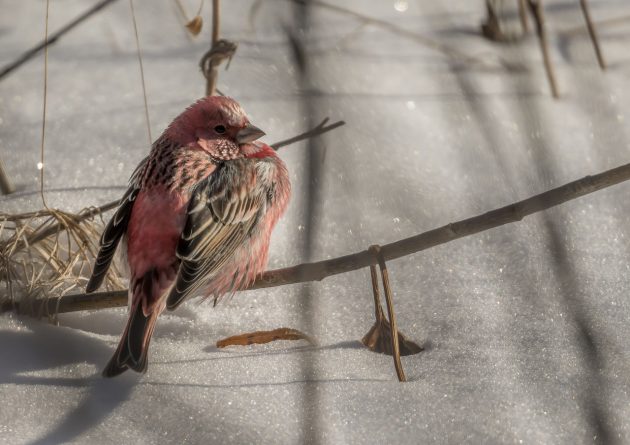
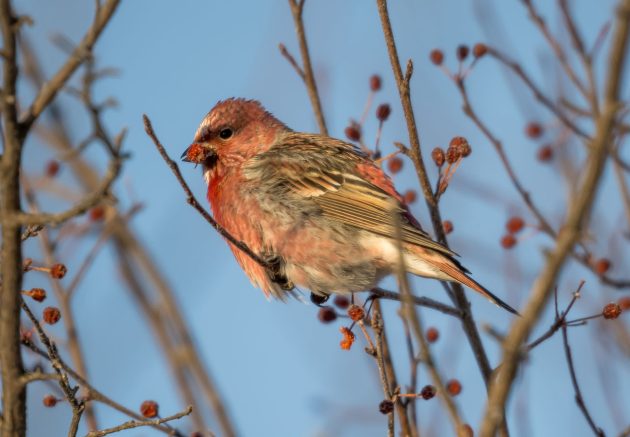
As for dress style, the females prefer a more subtle approach (brownish) than the male (pink).
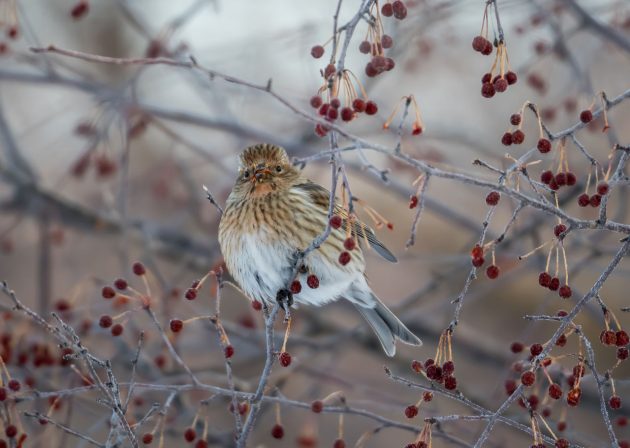
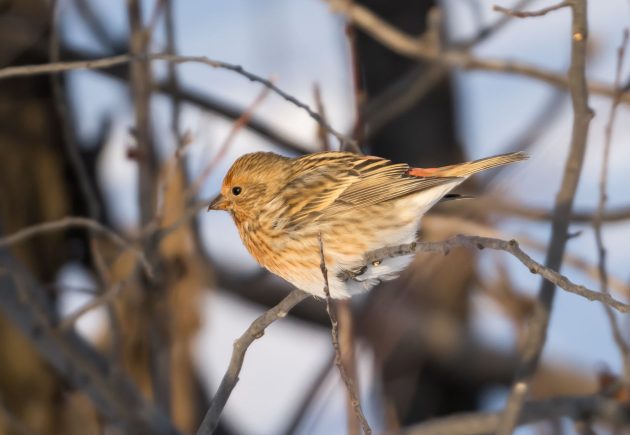
Interestingly, the original fourteenth-century meaning of poll was “hair on the head” or just “head” (source). So, the original meaning of the species name Redpoll is “Redhead”. Even more interesting (well, for people who are interested in such things, which is probably a rather small group, though it includes me), the word poll later took on the meaning of “person”. It then evolved further, and nowadays a poll is an election or a survey of people’s opinions (source).
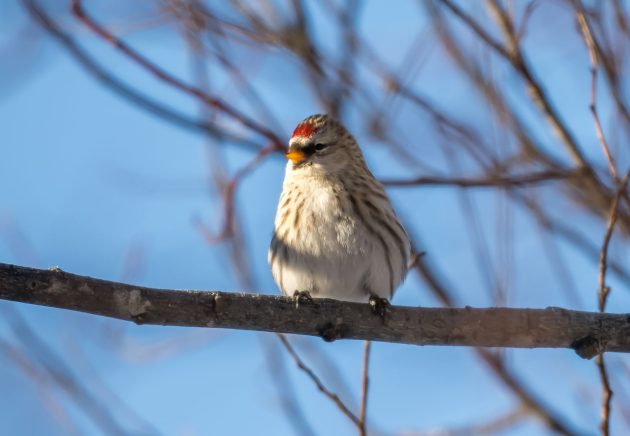
The word poll in its somewhat more original meaning also survived in the word “Poll tax”, though Margaret Thatcher’s political career did not survive the latter (source). To explain: “The Community Charge, commonly known as the poll tax, was a system of local taxation introduced by Margaret Thatcher’s government whereby each taxpayer was taxed the same fixed sum (a ‘poll tax’ or ‘head tax), with the precise amount being set by each local authority” (source).
Do Swiss Pines like Spotted Nutcrackers? At first glance, it seems so: “The seeds of Swiss pine are the single most important food source for the spotted nutcrackers of the Alpine region. These, in turn, are the most important means of seed dispersal for the Swiss pine” (source).
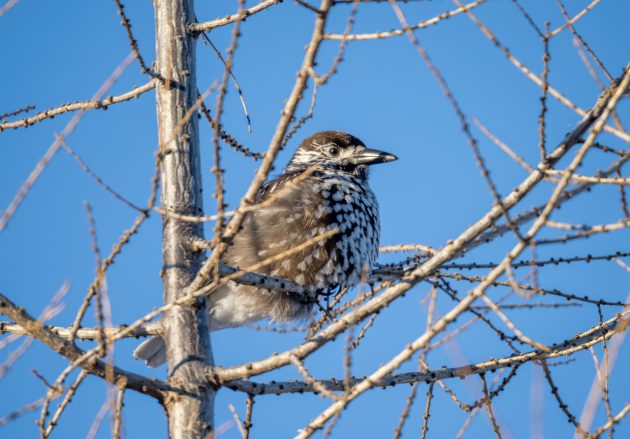
And it is probably true – but another paper finds that the Spotted Nutcracker usually hides the pine nuts in places that are not very suitable for the germination of the seeds. Could this be the end of a long friendship?
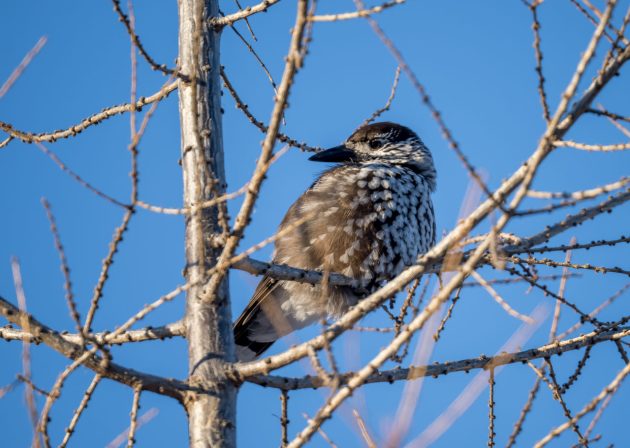
Remember the time when people still wrote letters by hand? A time when such a letter had to have an actual ending, a last sentence explaining why the letter ended? At least for those letters you wrote to a grandmother, thanking her for a Christmas present?
I have to end this post now, need to feed my cats.


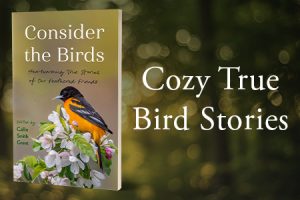

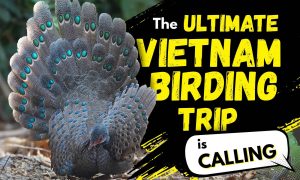
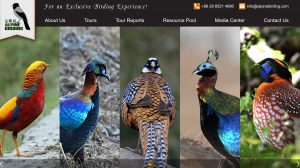
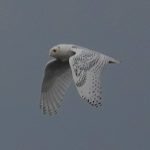
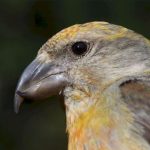


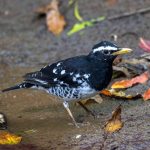
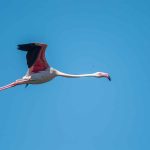
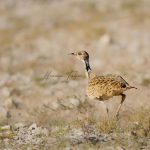
I had plans to make a long, leisurly visit to Mongolia (actual Mongolia, not “outer” Mongolia) in the summer of 2020. Obviously, that didn’t happen (I remember correctly, you had some minor inconveniences in that general time period, too.)
But then, in March of 2022, I found myself needing to get from Southeast Asia to Europe, then on to Africa. I was pleasantly surprised that Mongolia had just reopended, so I couldn’t resist the opportunity to lay over there for a couple of weeks. The end of March is still winter enough there that the temperature broke above 0C only once, and nighttime bottomed out at -25C once or twice. I was therefore very frustrated that I couldn’t really do any bicycling while I was there, so I made up for it by looking for birds, among other things.
I managed to get 14 life birds, and the only one in common with the birds shown in your post was Pallas’s Rosefinch. Perhaps the Great Wall keeps the avifauna of those two regions from mixing very much… 😉
Which birds did you get to see? Trying to get you to write a guest post about it for 10,000 Birds, I am sure not only me would be interested … Are all rooms there overheated as well?
There were a nice variety, raptors, vultures, Black grouse, Great Bustard, White-throated dipper, several others. It might not make for the most compelling post, but I might have a different contribution for one of your new recurring series. I need to ask a couple of questions about that, however, so I will email you ditectly.
Except when in UB, we stayed in gers the entire time. They were definitely NOT over-heated! 😉
Good, looking forward to your email! And sorry you were freezing there …